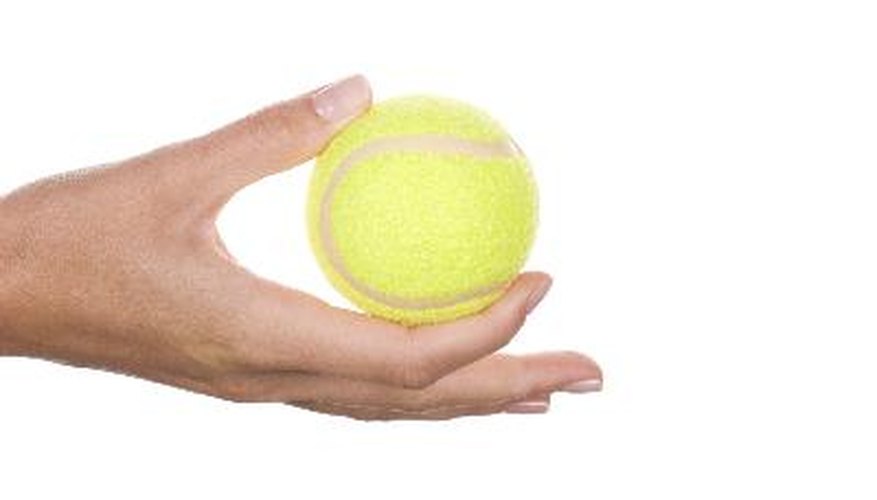Increasing hand steadiness can be a primary concern for many different types of people. These include professionals like surgeons, whose livelihoods depend on having a steady hand, and people with debilitating conditions such as Parkinson’s disease who are trying to improve their quality of life. According to occupational therapist Jennifer Dodge, the arches of the hand control the fine-tuned, skilled movements of the fingers and give power to your grasps. Exercising these arches, as well as the fingers, can help improve hand steadiness.
Thumb and finger pinch
As the physical therapy resource website PhysioAdvisor notes, this hand exercise requires that you press or pinch your thumb to each one of your fingers. Start by pinching your thumb to your index finger, and hold the two digits together for five seconds. You should squeeze as hard as you can without causing pain or discomfort. Then repeat the process with the other fingers on your hand, which means pinching your thumb and your middle finger together, then your thumb and your ring finger and then your thumb and your little finger. According to PhysioAdvisor, for optimum results you should perform this entire thumb and finger pinch sequence three times during each exercise session.
- As the physical therapy resource website PhysioAdvisor notes, this hand exercise requires that you press or pinch your thumb to each one of your fingers.
- According to PhysioAdvisor, for optimum results you should perform this entire thumb and finger pinch sequence three times during each exercise session.
Squeezing an object
Although squeezing may not sound like an actual exercise, it can help strengthen the hands and increase stability. The object you squeeze can be anything, as long as it gives some resistance. Possible options include a tennis ball or a ball of worked Silly Putty. As PhysioAdvisor mentions, you should squeeze the object as hard as you can without causing discomfort. Hold the squeeze for five seconds and repeat the exercise 10 times during each hand workout.
- Although squeezing may not sound like an actual exercise, it can help strengthen the hands and increase stability.
- As PhysioAdvisor mentions, you should squeeze the object as hard as you can without causing discomfort.
Adduction
Adduction refers to the process of moving a muscle or other body part in toward the centre of the body or toward the centre of another body part. When it comes to hand exercises, adduction entails squeezing your fingers and thumb in toward the centre of your hand and your middle finger. Keep your fingers straight as you perform this exercise and squeeze as hard you comfortably can. Hold for five seconds during each repetition and repeat 10 times per exercise session.
- Adduction refers to the process of moving a muscle or other body part in toward the centre of the body or toward the centre of another body part.
- When it comes to hand exercises, adduction entails squeezing your fingers and thumb in toward the centre of your hand and your middle finger.
Anywhere exercises
In addition to performing steady hand exercises as part of a physical therapy or otherwise scheduled session, you can also perform certain exercises throughout your daily routine, even at the office. As the Center for Neurologic Study notes, some exercises that help patients with Parkinson’s disease to control their hand steadiness include taking coins in and out of pockets and tearing paper. Other options include repeatedly unbuttoning and buttoning a shirt or tying and untying shoelaces.
Research
According to a 2000 study by Vinoth K. Ranganathan et al, which was published in the Journals of Gerontology, performing skilled finger exercises regularly has been shown to help improve hand steadiness as well as hand speed and pinch force among elderly individuals.
